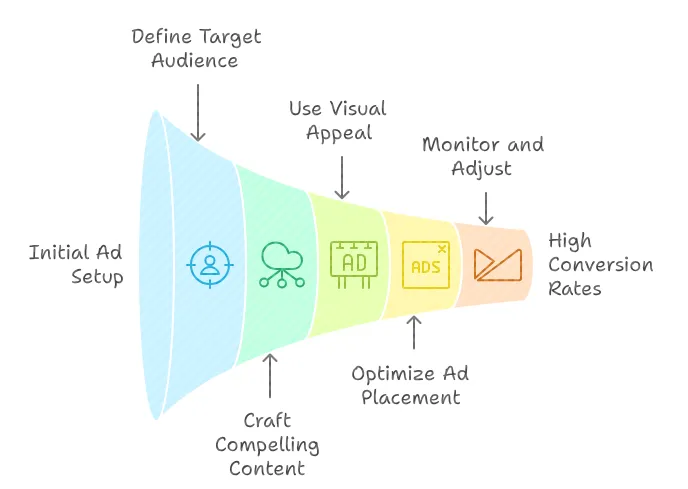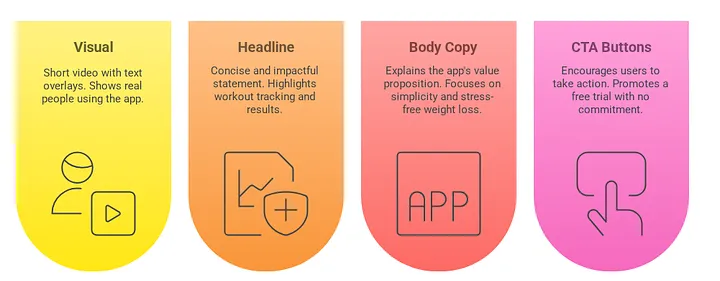Table of contents:
What Is Meta Ads: An Overview
Meta Ads, formerly known as Facebook Ads, are paid advertisements that appear across Meta’s platforms, Facebook, Instagram, Messenger, and the Audience Network. These ads help businesses target specific audiences using user demographics, interests, and behaviors. Whether it’s a photo, video, carousel, or story ad, Meta Ads are highly customizable, letting brands run campaigns that meet objectives like brand awareness, lead generation, or conversions.
After knowing what is Meta Ads, it is important to know that the advanced targeting tools and performance tracking make Meta Ads a favorite among marketers who aim for high ROI.

Crack the Code: “5” Proven Hacks for Best Converting Ads On Facebook
If you’re pouring money into Facebook ads but not seeing the results you want, you’re not alone. The platform is powerful, but only if you know how to use it right. Crafting ads that convert requires more than flashy visuals and catchy slogans. You need a strategy rooted in what works. Ready to stop guessing and start getting clicks that count?

1. Start With a Strong Hook
Visual Hook
Textual Hook
2. Keep the Message Focused
3. Use Social Proof Like a Weapon
Types of Social Proof:
- Testimonials: Short quotes from happy customers.
- Ratings/Reviews: Include average star ratings if they’re impressive.
- User Count: “Join 10,000+ people who use [Product].”
- UGC (User-Generated Content): Video or photo content created by real users.
- Case Studies: Mini success stories.
How to Use It:
- “4.9 stars from over 2,000 reviews.”
- “Jessica cut her grocery bill in half using our app.”
- “Loved by over 50,000 small business owners.”
4. Nail the Call To Action (CTA)
- Clear: Say exactly what happens when they click.
- Actionable: Use verbs.
- Low friction: Don’t ask for too much upfront.
- “Get Your Free Guide Now”
- “Start Your 7-Day Trial”
- “Shop 30% Off Today”
- “Book Your Free Demo”
5. Test Everything
What to Test:
- Headline Variations: Try curiosity-based vs. benefit-driven.
- Creative Types: Images vs. video vs. carousels.
- Audience Segments: Different interests, behaviors, or lookalikes.
- CTA Buttons: "Shop Now" vs "Learn More."
- Copy Styles: Long-form storytelling vs. short, punchy lines.
How to Test:
- Run A/B tests using Facebook's built-in tools.
- Do not change more than one element at a time.
- Let each test run long enough to gather solid data.
Bonus Tips
Use Retargeting Wisely
- Visited your website
- Added to cart
- Watched a video
- Clicked but didn’t purchase
Optimize For Mobile
- Your visuals are mobile-friendly (square or vertical)
- Your landing page loads fast.
- Your CTA is visible above the fold.
Match Ad To Landing Page
Real Ad Example Breakdown
- Visual: Short video showing real people using the app, with bold text overlays like "Lose Weight Without Counting Calories."
- Headline: "Track Workouts. Get Results."
- Body Copy: "No meal plans. No math. Just results. Our app helps real people lose weight without the stress. Try it free for 7 days. No strings."
- CTA Buttons: "Start Free Trial"

Why it works:
- It addresses a pain point (stress of dieting)
- It shows real users
- It offers a no-risk trial.
- It has a strong visual hook.

